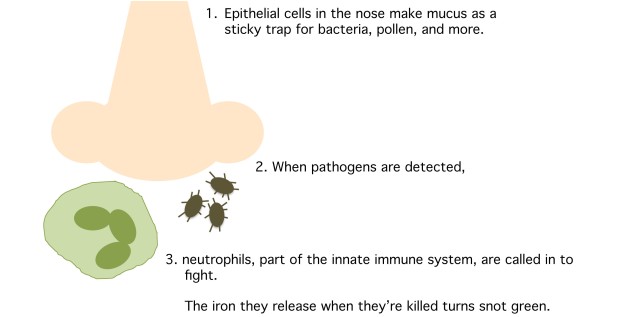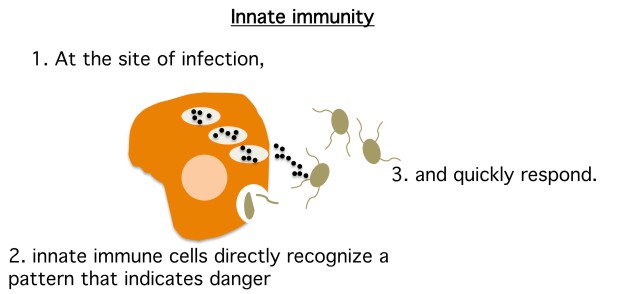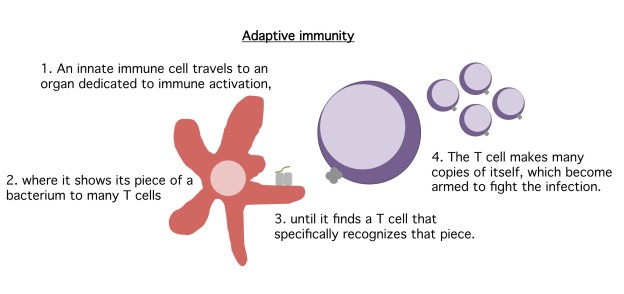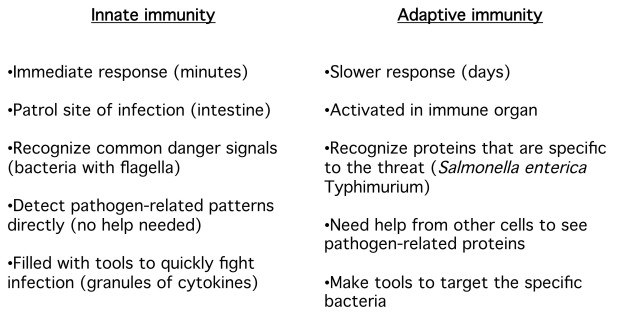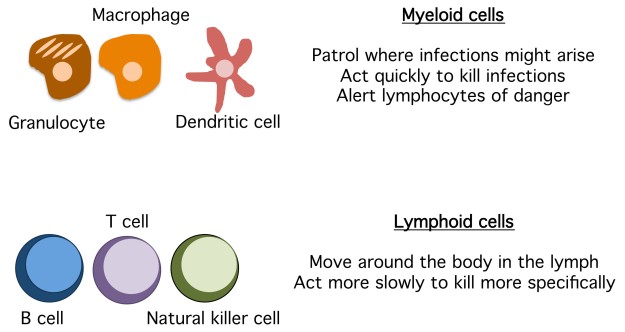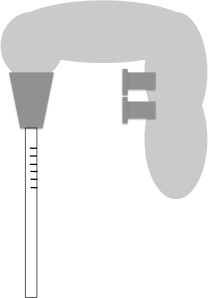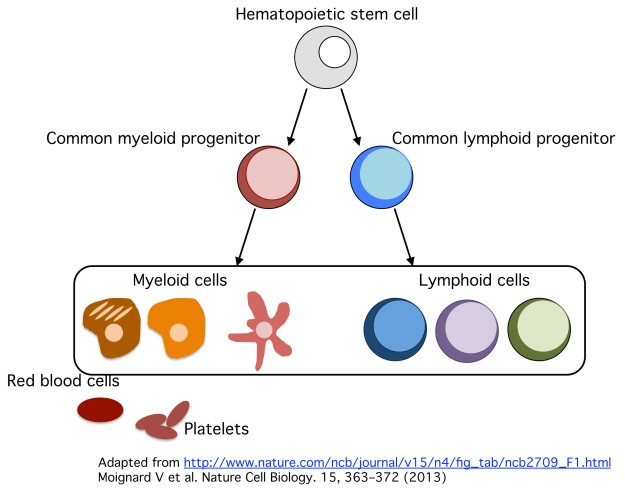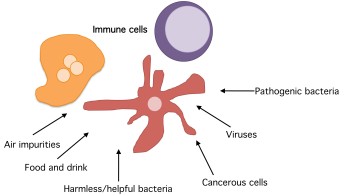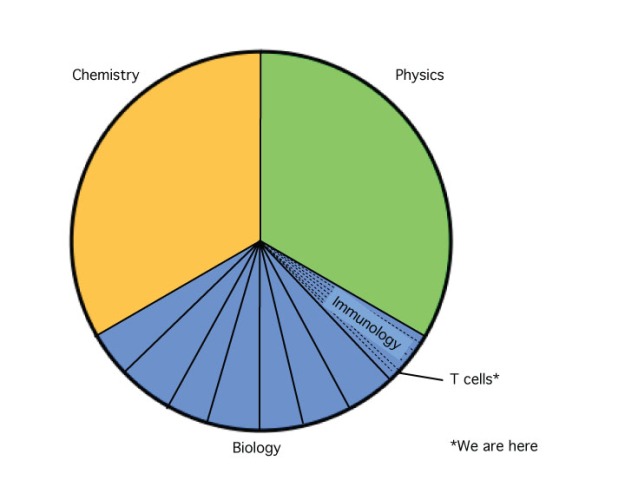After quite a busy couple of weeks in the lab, I have a bit of a breathing room to think about the world outside the lab.
But not too far outside…
I’ve been trying to drum up interest in the lab to enter a competition. The university is running a competition for short videos that explain our research to the public. While everyone is quite enthusiastic about the research we’re doing, they are somewhat less enthusiastic about being on camera to discuss it. As I may have mentioned (ahem, repeatedly) on this blog, I am committed to talking to the public about science. In this case, that means shedding the shyness and choosing the cleanest lab coat to wear in the video.
In the interest of not being totally awful, I went to a seminar about speaking on camera. During an exercise to get used to use talking aloud as a form of outlining, I listened to a few other academics talk about their projects. While I may not be ready for my prime time close up, it was a great reminder of what it’s like to be the lay audience for a presentation on a very specialized topic. Hopefully that will serve me well, not only in the video competition, but also in addressing you, here at this blog.
Are there any common obstacles that prevent you from truly engaging with a new, potentially difficult topic? How about any shows, books, or other media that are really getting it right, particularly when it comes to addressing a broad audience about tough scientific topics?

